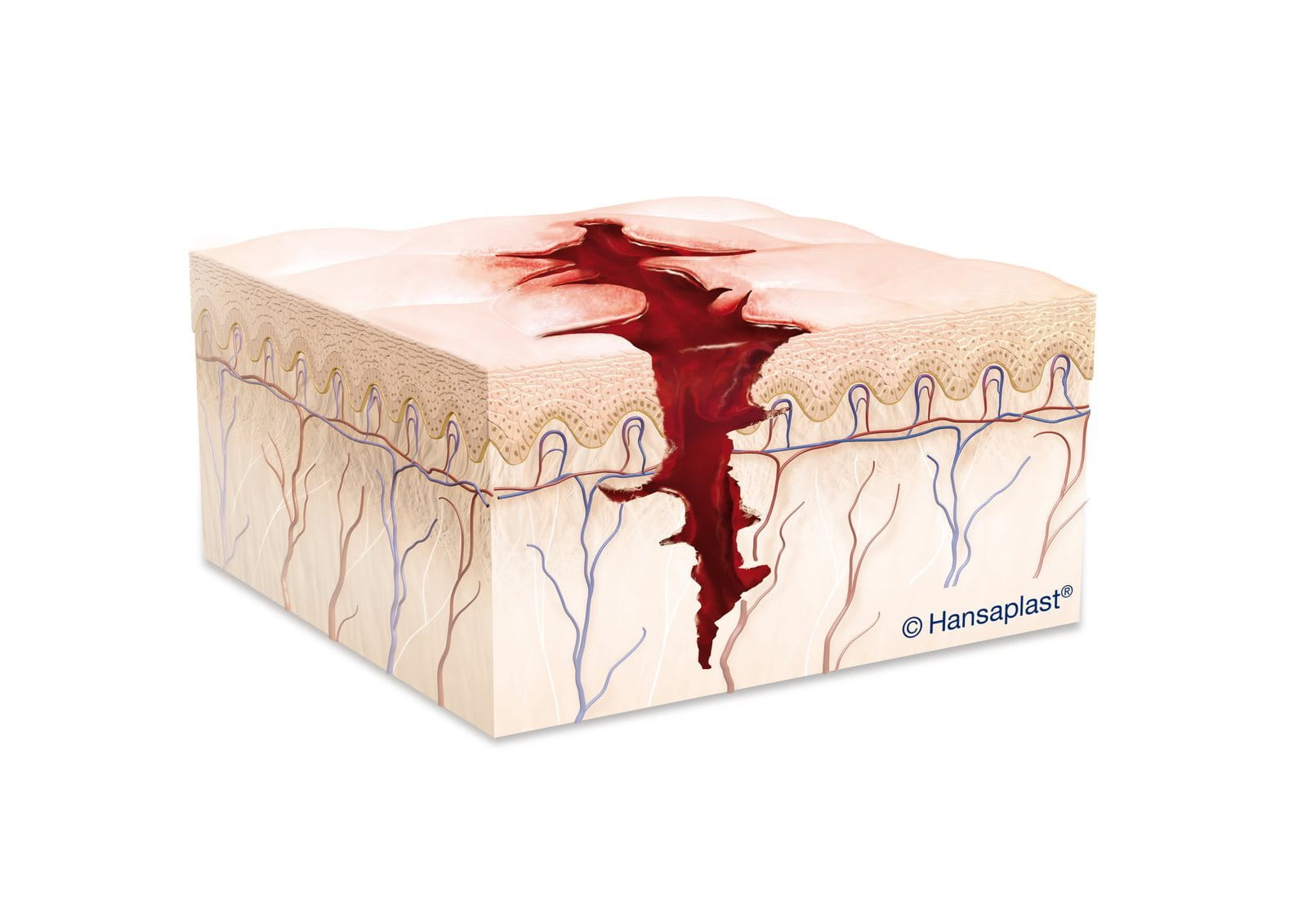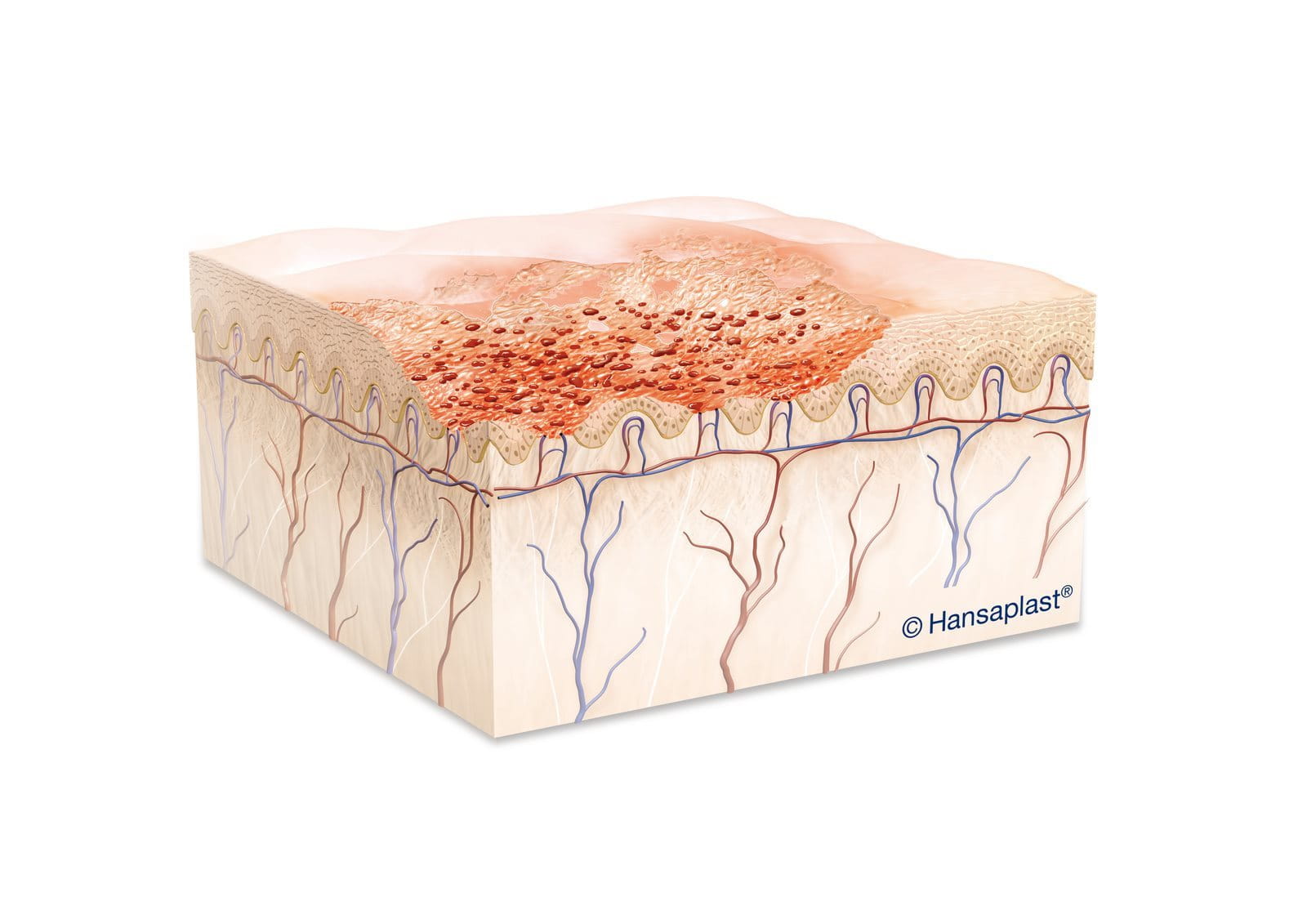What is a laceration?
What is a laceration?

What is the difference between an abrasion and a laceration?


What is a laceration?
What is a laceration?

What is the difference between an abrasion and a laceration?

Treatment of lacerations
Lacerations are often severe and generally require medical attention because wide and uneven breaks in the skin lead to heavy bleeding and may require stitches.
Only small, minor lacerations can be treated at home. For these wounds, follow this easy 3 step routine to treat them quickly and easily.
When do lacerations need stitches?
Head lacerations
